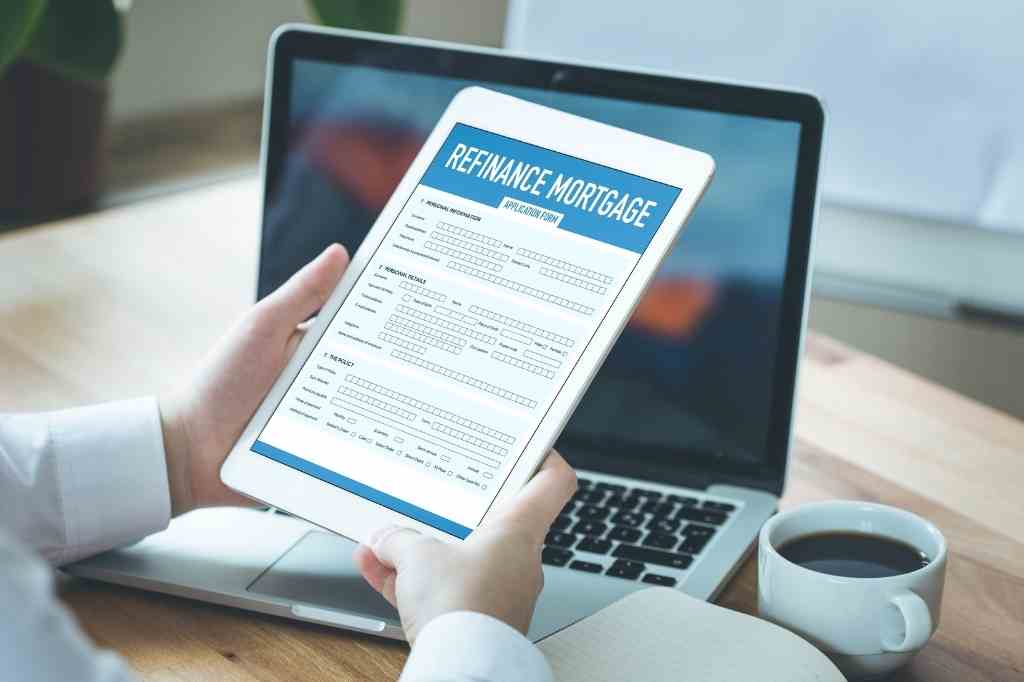Refinancing a mortgage means taking out a new loan to replace an existing one. People often refinance to lower the interest they are paying on a loan or to reduce their monthly payments. Some homeowners also refinance to pay off the loan faster or switch from an adjustable-rate mortgage (ARM) to a fixed-rate mortgage. Refinancing can be a smart financial decision if done at the right time and for the right reasons. But how does refinancing a mortgage work in the UAE, and what should you consider before taking the plunge?
How Does Refinancing a Mortgage in the UAE Work?
In the UAE, when you first buy a home, you take out a mortgage to finance the purchase. The mortgage loan is paid to the seller, and you, as the homeowner, pay back the bank over a set period—usually 15 to 30 years. However, when you refinance your mortgage, you are essentially replacing your current loan with a new one. The proceeds from the new loan are used to pay off the balance of your existing mortgage, and you now have a new loan with new terms.
Much like when you initially applied for your mortgage, refinancing requires submitting an application, going through the underwriting process, and agreeing to the new loan’s terms. Your new mortgage may have different interest rates, repayment schedules, or loan terms compared to your previous mortgage.
Reasons to Refinance a Mortgage in the UAE
Homeowners in the UAE may choose to refinance their mortgage for several reasons. Here are the most common motivations:
1. Lower Interest Rates
One of the primary reasons for refinancing a mortgage is to secure a lower interest rate. Refinancing to a lower rate can significantly reduce your monthly mortgage payments, allowing you to save money over time. This is especially important when interest rates are expected to rise, as locking in a lower rate can provide long-term savings. For homeowners with adjustable-rate mortgages, refinancing into a fixed-rate mortgage ensures stability in their monthly payments.
2. Shorten the Loan Term
Refinancing is also a good option for homeowners who want to pay off their mortgage faster. By refinancing to a shorter loan term, such as switching from a 30-year to a 15-year mortgage, homeowners can pay off their loan in a shorter amount of time. Although monthly payments may increase slightly, this option allows for substantial interest savings in the long run, as you’re paying off the principal more quickly.
3. Tap Into Home Equity (Cash-Out Refinancing)
If your home has appreciated in value and you’ve built up substantial equity, you may consider cash-out refinancing. This option allows you to refinance for a larger loan than your existing mortgage balance, with the difference being given to you in cash. Homeowners can use this extra cash for a variety of reasons, such as home improvements, debt consolidation, or investments. However, it’s important to ensure that the new mortgage terms align with your financial goals.
4. Switch from an Adjustable-Rate to a Fixed-Rate Mortgage
Some homeowners choose to refinance to switch from an adjustable-rate mortgage (ARM) to a fixed-rate mortgage. An ARM typically has lower initial rates, but the rates may increase after a few years, causing your monthly payments to rise unexpectedly. Refinancing to a fixed-rate mortgage provides predictability and stability, especially if interest rates are expected to increase in the future.
Things to Consider Before Refinancing Your Mortgage in the UAE
Before jumping into the refinancing process, there are several important factors to take into consideration:
1. Set a Clear Goal
Refinancing should have a specific purpose. Do you want to reduce your monthly payments, shorten your loan term, or access cash from home equity? Having a clear financial goal will help guide your decision-making process and ensure that refinancing aligns with your long-term objectives.
2. Check Your Credit Score and History
Your credit score plays a critical role in securing favorable refinancing terms. The higher your credit score, the better interest rates and terms you’ll likely qualify for. Before applying for refinancing, it’s a good idea to check your credit report and address any negative items. If your credit score is less than stellar, it may be worthwhile to spend a few months improving your score before applying for refinancing.
3. Understand Your Home Equity
Your home equity is the difference between your home’s market value and the remaining balance on your mortgage. For example, if your home is valued at AED 825,000 and you owe AED 300,000, your equity is AED 525,000. Home equity plays a crucial role in refinancing, as it impacts the loan terms you’re eligible for. Lenders will generally require at least 20% equity in the property to approve the refinance.
4. Use a Mortgage Calculator
To help assess the potential savings, it’s recommended to use a mortgage calculator. Many mortgage brokers in the UAE offer online tools that allow you to input your current mortgage balance, interest rate, and loan term to see how refinancing would affect your monthly payments and overall savings. Mortgage calculators can provide you with a clear picture of your new payment schedule and help you compare different refinancing options.
Final Thoughts
Refinancing a mortgage in the UAE can offer significant benefits, whether you want to lower your monthly payments, pay off your mortgage faster, or access the equity in your home. However, it’s important to carefully consider your financial goals, credit history, and the equity in your home before proceeding. By taking the time to evaluate your options, you can make an informed decision that sets you on the path to financial success.

